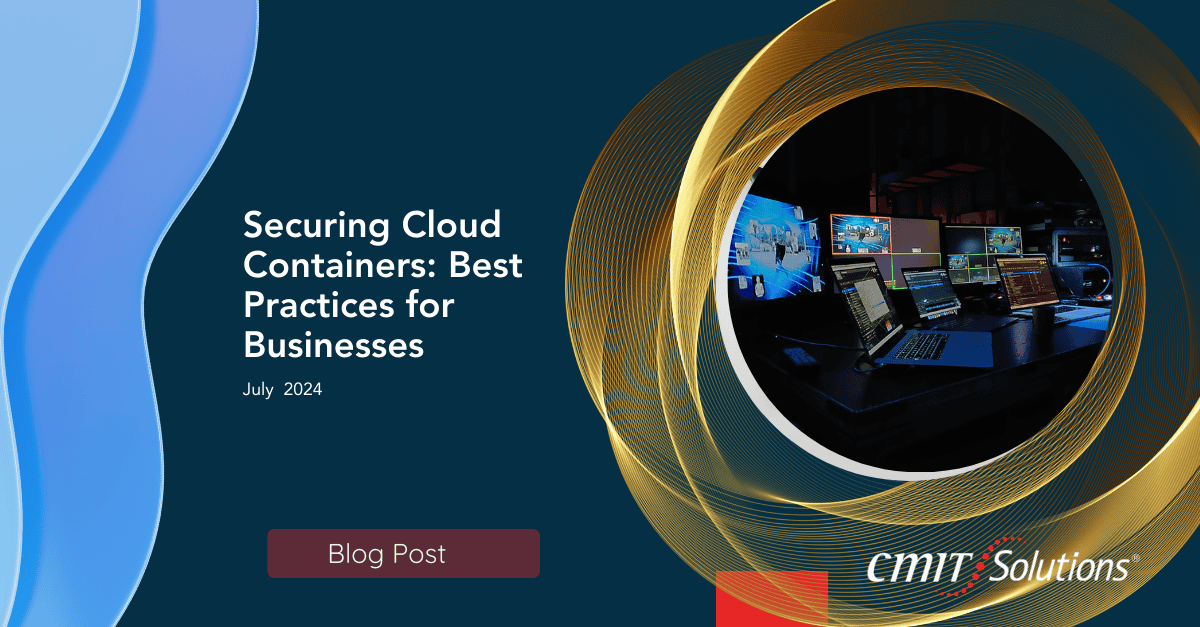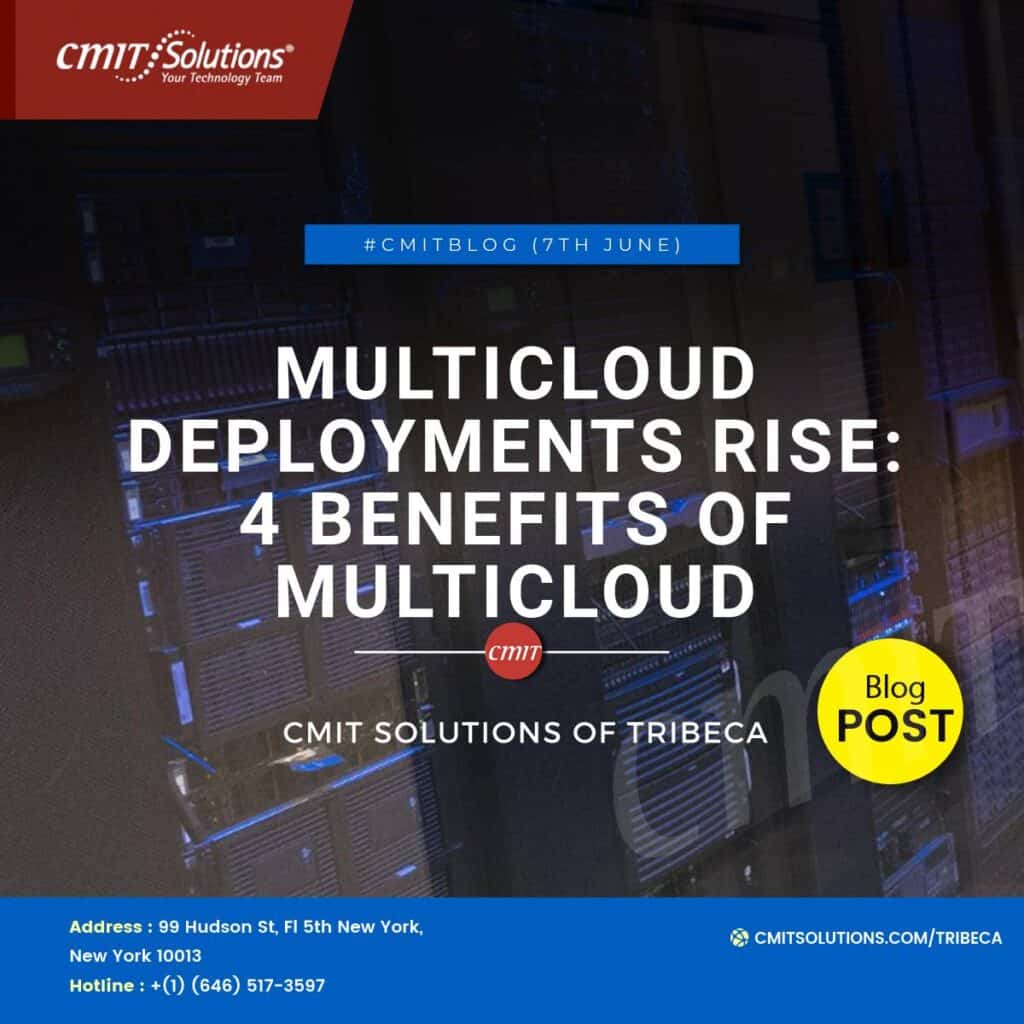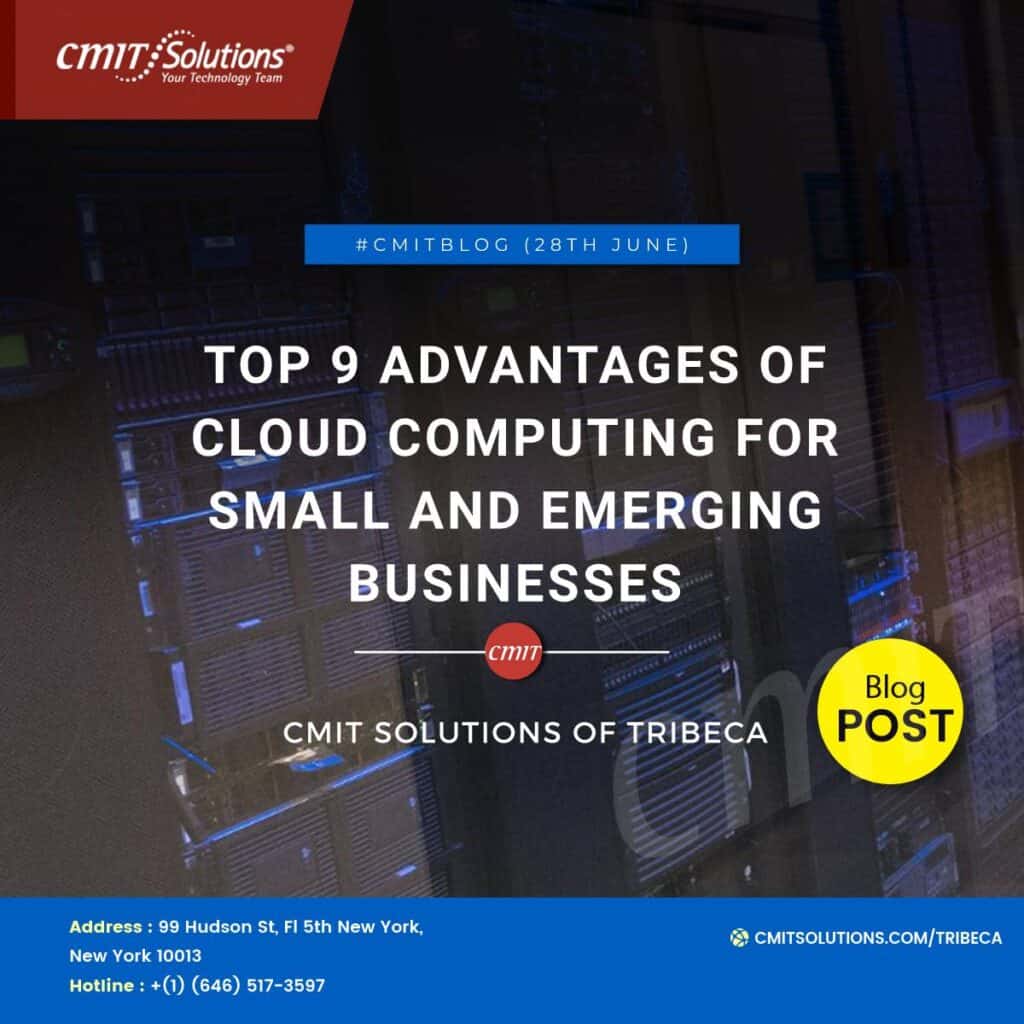Cloud containers have revolutionized how businesses deploy and manage applications, offering unparalleled flexibility and scalability. However, with these advantages come unique security challenges. To ensure your cloud containers are secure, it is essential to implement best practices that safeguard your data and applications. This blog explores these practices and provides actionable insights for securing your cloud environment.
The Importance of Cloud Container Security
Cloud containers are lightweight, portable, and efficient, making them an attractive option for modern businesses. However, their dynamic nature can expose vulnerabilities if not properly managed. Securing cloud containers is crucial to protect against data breaches, ensure compliance with industry standards, and maintain the integrity of your applications. Effective security measures can prevent unauthorized access, mitigate risks, and ensure the seamless operation of your business.
Implementing Strong Authentication and Access Controls
One of the foundational steps in securing cloud containers is implementing robust authentication and access controls. Ensure that only authorized personnel can access your container environment by using multi-factor authentication (MFA) and role-based access control (RBAC). These measures can significantly reduce the risk of unauthorized access and protect sensitive data. Learn more about Managed IT Services to ensure your access controls are up to date.
Regularly Updating and Patching Containers
Keeping your container images and underlying infrastructure up to date is essential for maintaining security. Regularly apply patches and updates to fix vulnerabilities and enhance the security of your environment. Automated tools can help streamline this process and ensure that your containers are always running the latest versions. For more information on maintaining your systems, visit our IT Support page.
Implementing Network Segmentation
Network segmentation involves dividing your network into smaller, isolated segments to limit the impact of a potential security breach. By segmenting your container environment, you can prevent attackers from moving laterally and accessing sensitive areas of your network. This practice enhances security by containing breaches and minimizing the damage they can cause. Explore our Network Management services for more insights.
Using Vulnerability Scanning Tools
Regular vulnerability scanning is essential to identify and address security weaknesses in your container images and infrastructure. Automated scanning tools can help detect vulnerabilities before they are exploited, allowing you to take proactive measures to secure your environment. Incorporating vulnerability scanning into your continuous integration and continuous deployment (CI/CD) pipeline ensures that security is an integral part of your development process. Discover our Cybersecurity services for comprehensive protection.
Ensuring Data Encryption
Encrypting data at rest and in transit is crucial for protecting sensitive information within your cloud containers. Use strong encryption protocols to safeguard your data from unauthorized access and ensure compliance with industry regulations. Implementing encryption enhances the overall security of your container environment and protects your business from data breaches. Learn more about our Data Backup services to secure your data.
Monitoring and Logging Container Activity
Continuous monitoring and logging of container activity are essential for detecting and responding to security incidents. Implement monitoring tools that provide real-time insights into your container environment and alert you to suspicious activity. Logging all actions within your containers can help you investigate incidents and take corrective measures promptly. For more details, visit our Cloud Services page.
Implementing Compliance Measures
Ensuring compliance with industry standards and regulations is a critical aspect of cloud container security. Implement policies and procedures that align with compliance requirements and regularly audit your environment to identify and address gaps. Compliance measures not only protect your business but also build trust with customers and stakeholders. Our Compliance services can help you navigate the complexities of regulatory compliance.
Securing the CI/CD Pipeline
The CI/CD pipeline is a critical component of the container development process, and securing it is essential to prevent the introduction of vulnerabilities. Implement security best practices, such as code reviews, automated testing, and vulnerability scanning, to ensure that your pipeline is secure. Additionally, enforce strict access controls and monitoring to protect against unauthorized changes. Learn more about our IT Guidance for best practices in securing your development processes.
Utilizing Productivity Applications Securely
Productivity applications can enhance collaboration and efficiency but must be integrated securely within your container environment. Ensure that these applications comply with your security policies and do not introduce vulnerabilities. Regularly update and monitor productivity tools to maintain their security posture. For more information, visit our Productivity Applications page.
Leveraging Automation for Security
Automation plays a crucial role in maintaining the security of cloud containers. Automated tools can help in various aspects, such as patch management, vulnerability scanning, and compliance checks. By automating these processes, businesses can ensure that their container environments are always up to date and secure, reducing the risk of human error and freeing up valuable IT resources for other tasks. Explore our Managed IT Services to see how automation can enhance your security posture.
Implementing Secure Configuration Management
Configuration management involves maintaining the settings and configurations of your container environments to ensure security and compliance. Use configuration management tools to enforce security policies and prevent unauthorized changes. These tools can help maintain a consistent and secure environment by automatically applying configurations across all containers. For more guidance on secure configuration management, visit our IT Guidance page.
Conducting Regular Security Audits
Regular security audits are essential to identify and address potential vulnerabilities in your container environments. These audits should include reviewing access controls, configurations, and compliance with security policies. Conducting regular audits helps ensure that your security measures are effective and that any weaknesses are promptly addressed. Our Compliance services can assist you in performing comprehensive security audits.
Ensuring Secure Communication Channels
Secure communication channels are vital for protecting data transmitted between containers and other components of your infrastructure. Implementing secure communication protocols, such as HTTPS and TLS, can protect against eavesdropping and data interception. Ensure that all communication channels are encrypted and regularly updated to maintain their security. Learn more about our Unified Communications services to enhance your secure communication strategies.
Managing Secrets Securely
Secrets management involves protecting sensitive information, such as passwords, API keys, and encryption keys, used within your container environments. Use secrets management tools to securely store and manage these credentials, ensuring they are not exposed or accessible to unauthorized users. Implementing strong secrets management practices can prevent data breaches and unauthorized access to your container environments. For more insights, visit our Cybersecurity page.
Training and Educating Your Team
Employee awareness and training are critical components of a comprehensive security strategy. Ensure that your team is educated about container security best practices and understands their role in maintaining a secure environment. Regular training sessions and updates on the latest security threats can help your team stay vigilant and prepared to handle security incidents. Explore our IT Support services for training and support options.
Utilizing Container Orchestration Tools
Container orchestration tools, such as Kubernetes, can help manage and secure your container environments by automating deployment, scaling, and operations. These tools provide features like automated rollouts, rollbacks, and self-healing capabilities that enhance the security and resilience of your container infrastructure. Properly configuring and securing your orchestration tools is crucial for maintaining a secure environment. Learn more about our Cloud Services for comprehensive support with container orchestration.
Conducting Incident Response Planning
Preparing for potential security incidents is essential for minimizing their impact and ensuring a swift recovery. Develop and implement an incident response plan that outlines the steps to take in the event of a security breach. This plan should include identifying the incident, containing the breach, eradicating the threat, and recovering normal operations. Regularly testing and updating your incident response plan can enhance your readiness to handle security incidents. For more guidance, visit our Network Management page.
Ensuring Scalability and Performance
As your business grows, ensuring that your container environments can scale securely and maintain performance is crucial. Implementing scalability best practices, such as load balancing and resource management, can help your containers handle increased traffic and demand without compromising security. Regular performance monitoring and optimization can ensure that your container environments remain efficient and secure. Discover our IT Guidance services for expert support in scaling your infrastructure.
Engaging with Security Communities
Staying informed about the latest security trends and threats is essential for maintaining a secure container environment. Engaging with security communities and participating in industry events can provide valuable insights and help you stay ahead of potential threats. Sharing knowledge and experiences with other security professionals can also enhance your security practices and strategies. Explore our Managed Services for access to expert advice and community resources.
Conclusion
Securing cloud containers requires a comprehensive approach that encompasses robust authentication, regular updates, network segmentation, and continuous monitoring. By implementing these best practices and leveraging advanced tools, businesses can protect their container environments from threats and ensure the seamless operation of their applications. Partnering with a reliable IT provider can provide the expertise and support needed to navigate the complexities of container security. Embrace these strategies to safeguard your cloud containers and maintain a secure, efficient, and compliant infrastructure. For comprehensive IT support and services, explore our offerings at CMIT Solutions.





